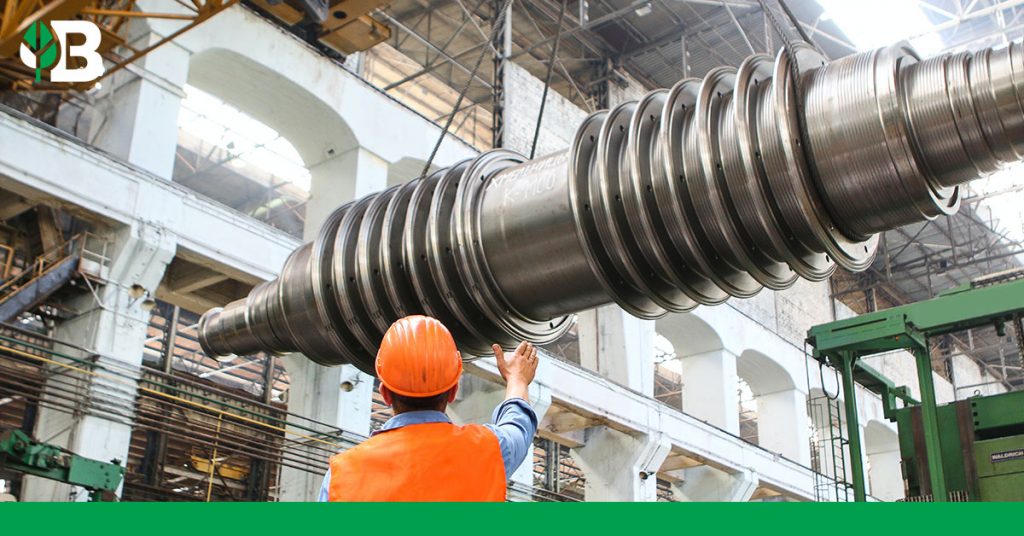Is your business prepared to win the race for top talent?
Looking ahead to the future, is your organization armed with a well-designed talent approach to recruit and retain in-demand candidates? By leveraging our 2023 Manufacturing and Logistics Salary Guide, your organization will be well-positioned to attract these qualified professionals with competitive salary rates at your disposal. Broadleaf has helped companies to hire candidates in the following job types:
- Assembly
- Inspection
- Machine Operation
- Maintenance
- Management
- Production
- Warehouse/Distribution
Inside:
- Anticipated Industry Trends
- Job Outlook Growth
- Manufacturing and Logistics Salary Guide
The compensation statistics within the following guide were generated by Lightcast—a leader in labor market data and analytics provider. The tool specializes in delivering detailed industry analysis through precisely summarized labor and compensation market measurements. Additionally, the information provided by Lightcast has been verified by both public and government sources.
Anticipated Industry Trends
Broadleaf’s team of workforce experts anticipates these manufacturing and logistics trends becoming more prevalent in the future:
Addressing the manufacturing skills gap:
While technology is evolving quickly, 22 percent of skilled manufacturing workers currently employed aim to retire by the end of 2025, leaving 2 to 3.5 million manufacturing jobs vacant, according to HBK. The skills gap that companies are experiencing was explained in a Deloitte report. Organizations must identify and analyze their skill gaps relative to their current workforces’ skill sets. To address these gaps, companies must rethink their hiring practices, offer appropriate training and development, and draw from existing underutilized talent pools.
Focusing on sustainable practices:
Promoting workplace sustainability is perhaps the hottest topic in manufacturing and logistics. Eco-friendly production techniques can save costs while improving an organization’s reputation within its target market. When making at least some of their purchases, nearly 80 percent of American consumers take sustainability into account, underscoring the fundamental significance of sustainable business practices.
Fostering local and regional strategic alliances:
With a limited supply of materials and unexpected lead times, 47 percent of CEOs intend to increase their supplier network to avoid scrambling for a solution at the last minute. Manufacturers are putting more faith in their local economies and developing relationships with suppliers in their communities to help reduce supply chain delays and interruptions.
Leveraging big data to facilitate decision-making:
Companies in the manufacturing and logistics sector are always trying to scale. Recognizing the potential of big data, they are finding more innovative ways to analyze and extract data from massive, complicated, and otherwise cumbersome data sets. By implementing these techniques, organizations can increase forecasting accuracy, production efficiency, and revenue.
Augmenting smaller labor pools using artificial intelligence (AI) and machine learning (ML):
In the coming years, the manufacturing and logistics industries will continue to transform due to the steady emergence of AI and ML. Businesses use AI to scale production faster, more consistently, and more efficiently while better controlling product inventory and quality. Machine learning is used to program automated tools or robots to respond to unforeseen circumstances. By fusing these two technologies, manufacturing and logistics organizations can operate more efficiently, use fewer resources, and innovate more quickly than ever before.


